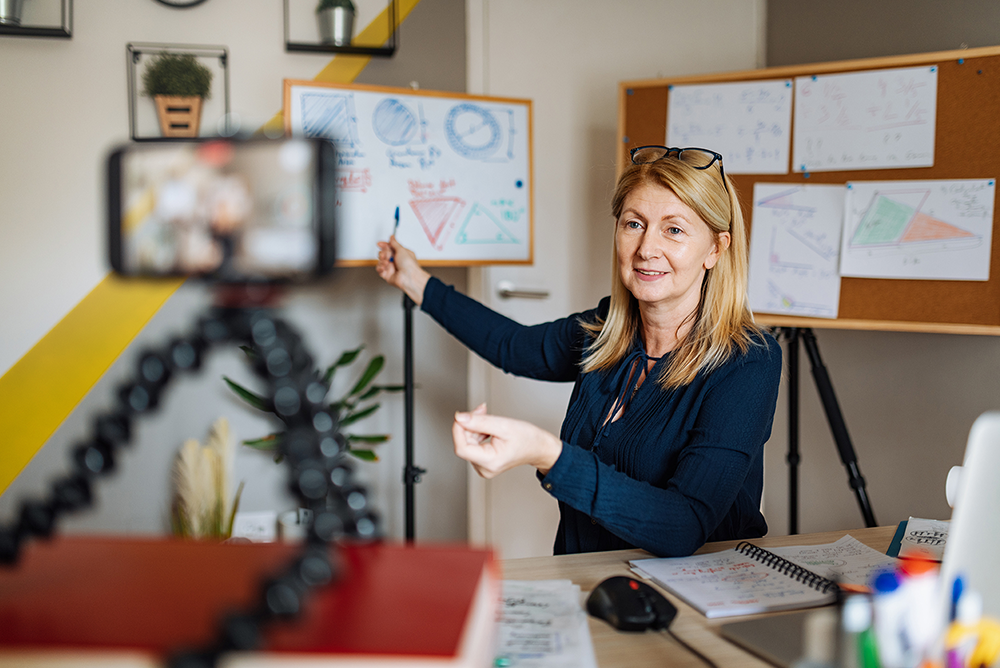Virtual learning will lead the way for educators in SA if they have the right support
Virtual learning could be the best thing that ever happened for South African educators, provided they have the right access.

Whether we like it or not, and whether we are geared for it or not, the fact remains that our lives have become more online than ever before. This is in part thanks to lockdowns inflicted on society by COVID-19, but it is apparent that we were already headed in a more virtual direction. According to Christine Evans, Head of Business Development Africa – Qualifications & International Schools at Pearson.
“There has been a growing demand for virtual learning internationally, which has been accelerated by the pandemic. Schools, universities, and all learning institutions were forced to, in a matter of weeks, completely shift to remote online learning. Not only that they had to get students on board and on track with their curriculum. Who drove this? The teachers, of course.”
For Evans, digital learning is about more than simply adding technology in classrooms. It’s a versatile term that means different things to different people from different backgrounds.
“Institutions need to be mindful of how they move from the physical to virtual learning space. We should all realise, especially in South Africa, that not all home environments are created equal and not all students are going to be set up to excel from home.”
Although the digital divide needs to be bridged for the students, the same needs to be done for the teachers for them to benefit from the increased efficiency technology can provide, as well as to enhance the student’s learning experience.
“When you implement well-defined, student-focused, teacher-powered online and blended learning, you open the door to a world of new possibilities.” For Evans, shifting to digital allows learners to:
- Reshape learning with student-paced, project-based, and flipped-classroom options.
- Expand access to more students who cannot or choose not to attend brick and mortar schools due to their location or circumstances.
- Personalise learning and cater to different progression pathways based on student interest and preference.
Digital resources are updated more readily than printed textbooks, providing students and teachers with more current information, and a wider variety of resources than a traditional classroom or library can offer. The benefits of increasing access in these ways are supported by various formal theories and philosophies of learning,” says Evans.
Although, she admits that schools may not already have the expertise required to make the transition to online teaching and learning. “At Pearson we have over 20 years’ experience in online schooling. We are readily available to partner with learning institutions and support teachers in leveraging these new technologies to effectively prepare their students for the future.”






Leave a Reply